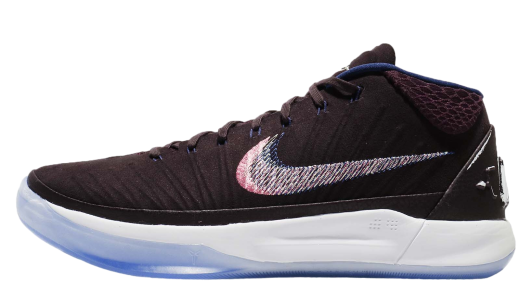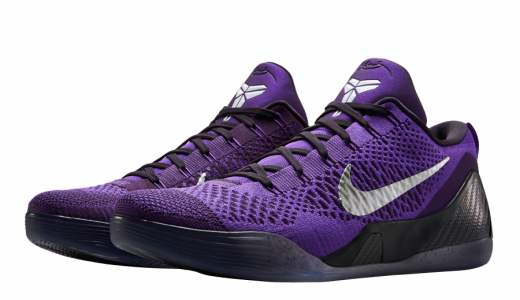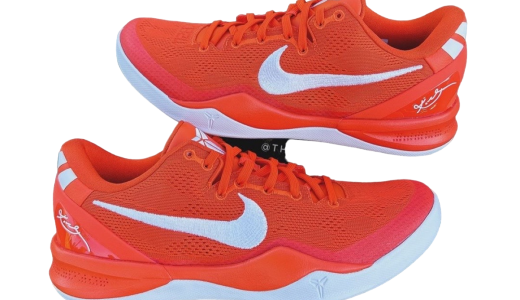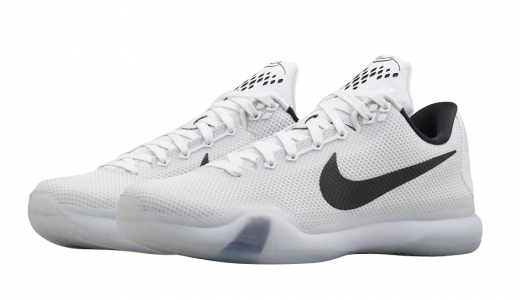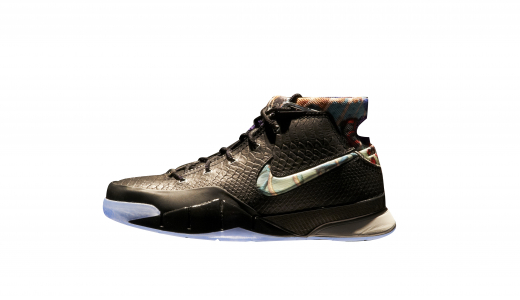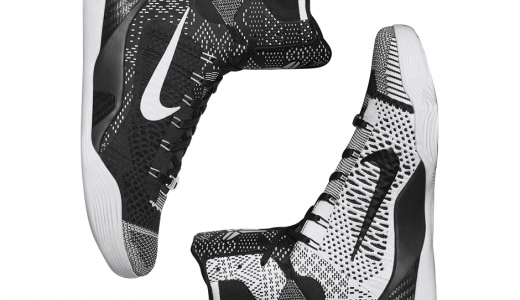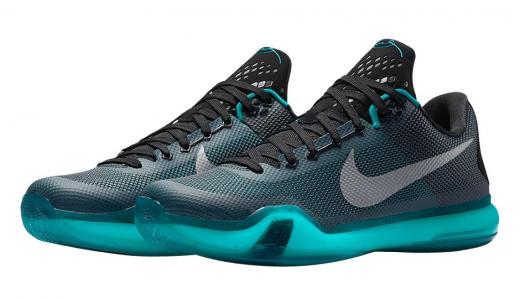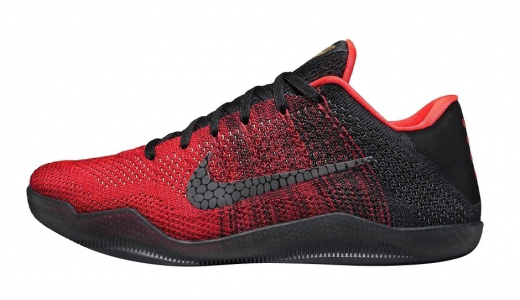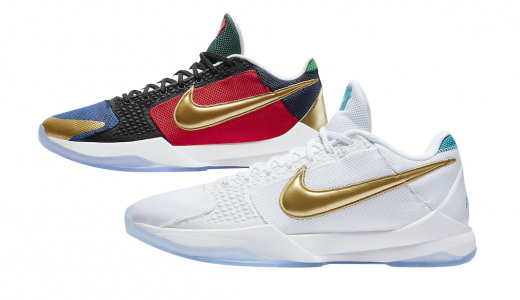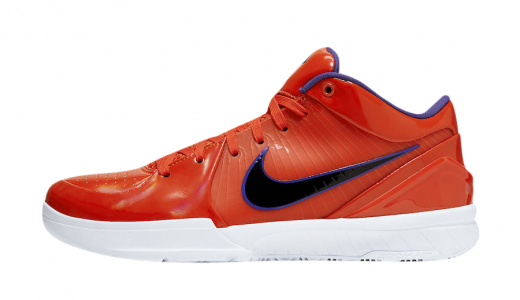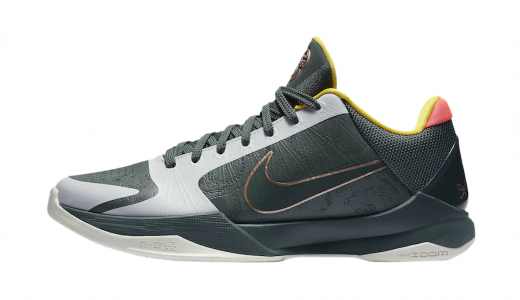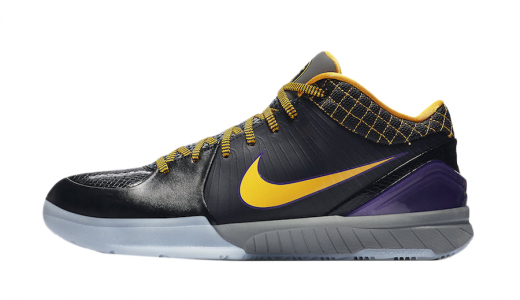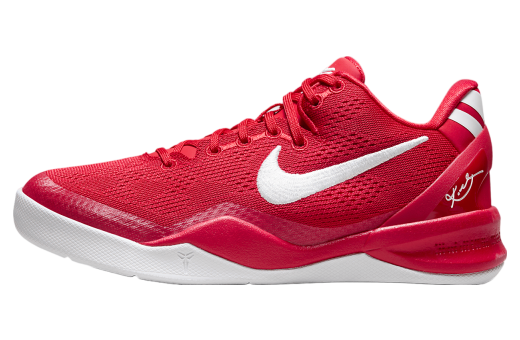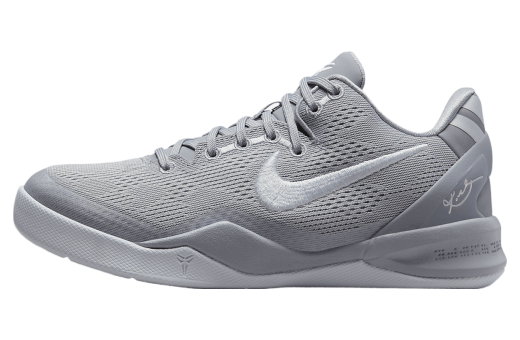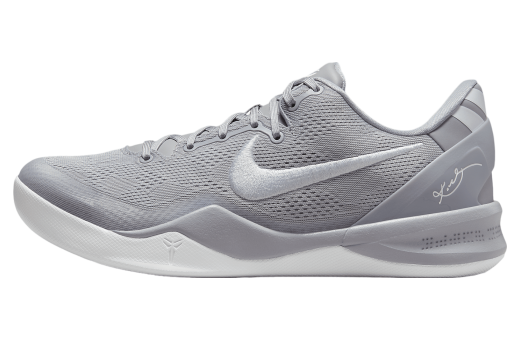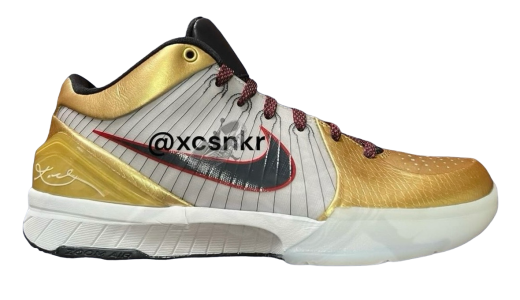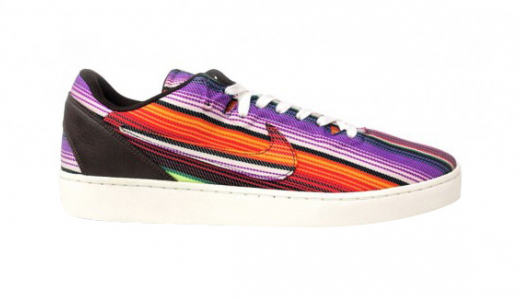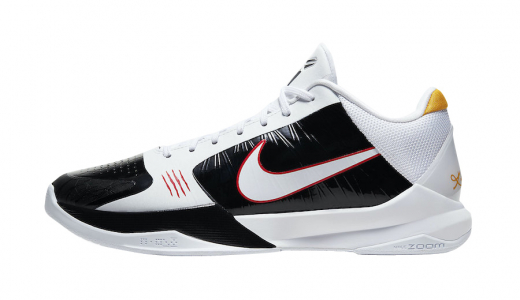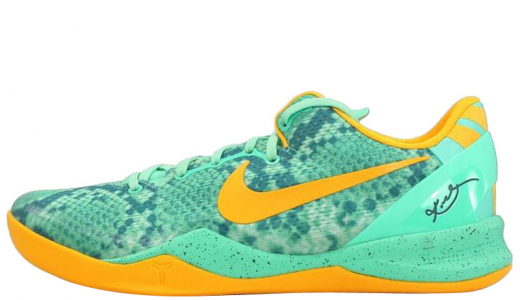Nike Kobe
The "Nike Kobe" line represents one of the most iconic and celebrated collaborations in athletic footwear history. Launched in partnership with basketball legend Kobe Bryant, the line has left an indelible mark on both sports and sneaker culture. Combining innovative design with cutting-edge technology, Nike sought to produce shoes that could keep up with Bryant's exceptional agility and performance on the court. The shoes are renowned for their sleek aesthetics, lightweight construction, and advanced support features, making them a favorite among professional athletes and sneaker enthusiasts alike. Each release is meticulously crafted, often featuring unique colorways and limited-edition designs that pay homage to Kobe's illustrious career and personal milestones.
Beyond the realm of performance, the Nike Kobe sneakers have also become cultural icons, symbolizing perseverance, excellence, and a relentless work ethic—traits synonymous with Bryant himself. The line has expanded its influence from the basketball courts to streetwear fashion, often seen on enthusiasts and collectors who appreciate the blend of style and functionality. After Kobe Bryant's tragic passing in 2020, the demand and admiration for the Nike Kobe line surged even further, as fans and collectors sought a piece of the legacy left behind by the Black Mamba. Today, the Nike Kobe series continues to inspire new generations of athletes and remains a testament to the enduring legacy of one of basketball's greatest players.
History of Nike Kobe
When discussing the history of Nike Kobe basketball sneakers, one delves into a story that is both intricately tied to the life and career of one of the most transcendent players in basketball history, Kobe Bryant, and the evolution of performance basketball footwear. The history of the Nike Kobe line of sneakers provides insights into innovations in sports technology, the significance of athlete endorsements, and a lasting cultural impact that resonates deeply with fans and sneaker enthusiasts alike.
The Early Years: Origins and Partnership
Before Nike, Kobe Bryant, whose NBA career began in 1996, originally endorsed Adidas, where he unveiled notable models like the Adidas KB8 and the futuristic—and polarizing—Adidas Kobe Two. However, in 2002, Bryant ended his partnership with Adidas and entered a period of sneaker free agency where he wore various brands. His on-court performances, during this time, were as remarkable as ever, and sneaker companies lined up, recognizing the potential of a partnership with Bryant.
By 2003, Kobe Bryant had signed with Nike, starting a collaboration that would lead to some of the most innovative and popular signature basketball shoes on the market. This partnership marked the beginning of a new chapter in Kobe's career and in basketball footwear.
The Birth of the Nike Kobe Line
The Nike Zoom Kobe 1 (2005-2006)
The first sneaker under the Nike and Kobe Bryant partnership was the Nike Zoom Kobe 1, released in 2006. Designed by Nike designer Ken Link, the sneaker was both robust and performance-driven. Its design drew inspiration from Bryant’s game, emphasizing a sleek yet supportive structure to cater to his versatile playstyle. The shoe featured advanced Zoom Air cushioning for enhanced comfort and responsiveness, along with a substantial high-top design that reflected the era’s trends for ankle protection.
The Nike Zoom Kobe 1 also marked the beginning of incorporating significant design elements personal to Kobe, such as his logo and personal anecdotes aesthetically woven into the footwear.
The Nike Zoom Kobe II (2006-2007) and Zoom Kobe III (2007-2008)
Following the moderately successful reception of the Zoom Kobe 1, Nike and Bryant rolled out the Zoom Kobe II and III. These models continued to refine the cushioning technologies, with improvements in Zoom Air units and overall shoe weight reduction. The Zoom Kobe II introduced a modular cushioning system while maintaining a heavy-duty build, and the Zoom Kobe III focused on breathability with its mesh upper construction.
Both models symbolized Bryant's continuous search for perfection and the push towards integrating advanced technology with enhanced performance on the court.
Revolutionary Designs: Low-Tops and Beyond
The Nike Zoom Kobe IV (2008-2009)
A pivotal point in the Nike Kobe sneaker history came with the release of the Nike Zoom Kobe IV. This model, designed by the legendary Eric Avar, challenged the conventional norms of basketball footwear by popularizing the low-top design. Before this model, high-top shoes dominated the basketball court under the assumption that higher ankle support was crucial for preventing injuries.
Inspired by soccer shoes which granted mobility and flexibility, the Zoom Kobe IV aimed to provide similar freedom without compromising support and performance. The shoe incorporated Flywire technology to ensure a lightweight yet sturdy structure and a LunarLite foam for responsive cushioning.
The low-top design was initially met with skepticism. However, Kobe's excellent performance while wearing the Zoom Kobe IV—culminating in an NBA Championship in 2009—helped validate and popularize the concept.
The Nike Zoom Kobe V (2009-2010) and Zoom Kobe VI (2010-2011)
Building on the success of the Kobe IV, the Nike Zoom Kobe V pushed the envelope further with its even lighter design and lower profile. The inclusion of a more sophisticated Flywire layout and improved traction patterns addressed the dynamic movement and sudden bursts associated with Kobe Bryant’s playing style.
This evolution continued with the Nike Zoom Kobe VI, which featured a unique reptilian texture inspired by Kobe’s "Black Mamba" nickname. The introduction of polyurethane "islands" on the shoe’s upper added durability and nuanced support. Both sneakers saw positive reception and were involved in Bryant's storied career achievements, further embedding themselves into basketball culture.
The Transition and Continued Innovation
The Nike Kobe VII System (2011-2012) and Kobe 8 System (2012-2013)
The release of the Nike Kobe VII System marked another significant innovation with its customizable performance system. The concept of interchangeable midsoles allowed athletes to tailor their cushioning and support based on their individual needs or game situations. The high-reaching performance and versatile setup appealed to many, further advancing the Kobe line’s reputation for innovation.
Following this, the Nike Kobe 8 System focused on shedding weight, resulting in one of the lightest basketball shoes ever produced at the time. This model incorporated an engineered mesh upper, which provided substantial breathability and flexibility, embodying Bryant's desire for minimalism without sacrificing performance.
The Nike Kobe 9 (2013-2014) through Kobe 11 (2015-2016)
In 2013, the Nike Kobe 9 was introduced, notable for its return to higher ankle support. Inspired by boxing shoes, this sneaker featured a Flyknit upper—a first for basketball footwear—providing unparalleled comfort and a snug fit. The high-top Flyknit design offered a balance of mobility and support.
The subsequent models, the Nike Kobe 10 and 11, brought continuous improvements in performance features such as hybrid cushioning systems combining Lunarlon, Zoom, and Nike Free technology in the Kobe 10, and full-length Zoom Air encapsulated in a Lunarlon foam in the Kobe 11. Both models sustained the evolutionary momentum of the line, focusing on enhancing footwork, traction, and overall court feel.
Post-Retirement and Legacy
Following Kobe Bryant's retirement in 2016, the Nike Kobe line shifted to a post-career phase where retrospectives and continued innovation combined to honor and build on the legacy established over the years.
The Kobe A.D. Series
After retirement, the Kobe A.D. series (standing for "After Death" or metaphorically, the continuation) was launched, symbolizing both an end and a new beginning. The design and performance elements addressed post-retirement athletic needs, still embedding Kobe’s insights and preferences.
Protro Series and Continued Influence
In 2018, Nike initiated the Protro series, short for “performance retro.” Here, classic models like the Kobe 1 were re-released with modern technological enhancements. This line offered the nostalgia of original designs with refined performance features suited for current athletes.
Cultural Impact and Tragic Conclusion
The Nike Kobe line has had an immeasurable impact on global sneaker culture, transcending beyond the hardwood into urban fashion and lifestyle. Kobe Bryant's unfortunate passing in 2020 further enshrined his storied connection with Nike, leading to overwhelming demand and emotional resonance within the basketball community.
Conclusion
The history of Nike Kobe basketball shoes is far more than a tale of footwear—it’s a chronicle of innovation, athletic brilliance, and cultural influence. Starting from a high-profile partnership in the early 2000s, the line evolved through relentless pursuit of performance excellence and aesthetic appeal, mirroring Kobe Bryant’s own ethos. From groundbreaking low-tops to Flyknit technology, and through Protro revivals, the Nike Kobe line stands as a testament to a legacy that blends superior athletic achievement with a lasting cultural footprint. Through each model, Kobe Bryant's spirit of competitiveness, perfection, and inspiration continues to manifest, solidifying an undying bond between a legend and the shoes that bear his name.
